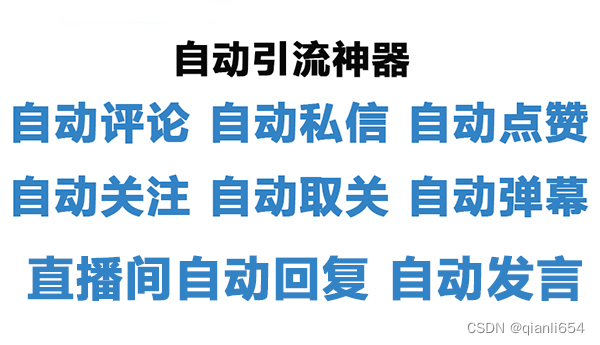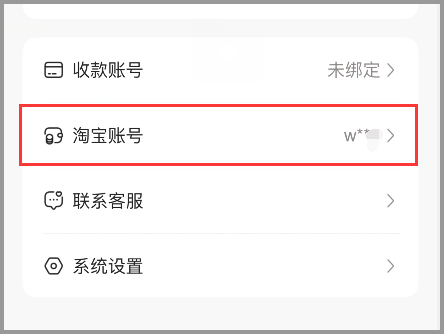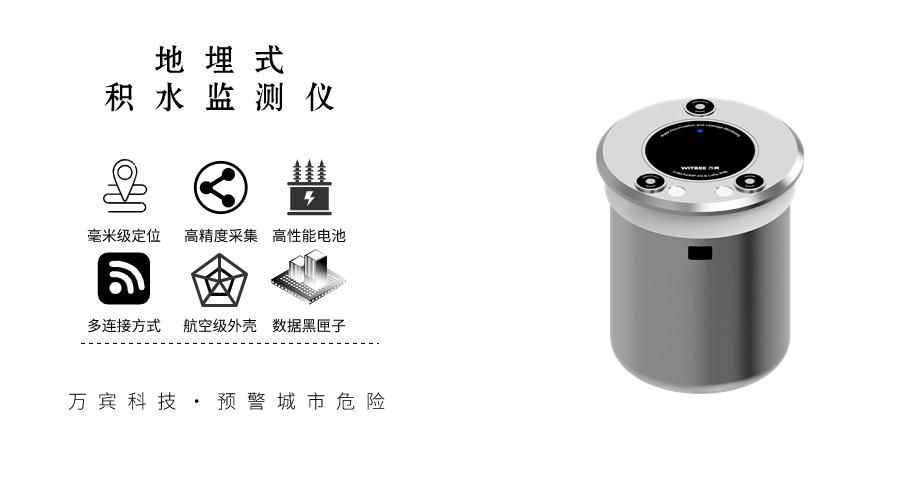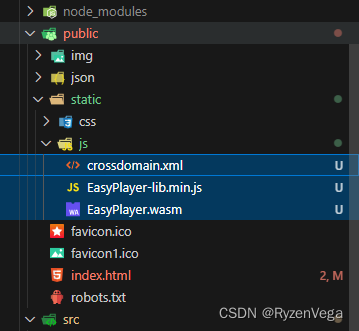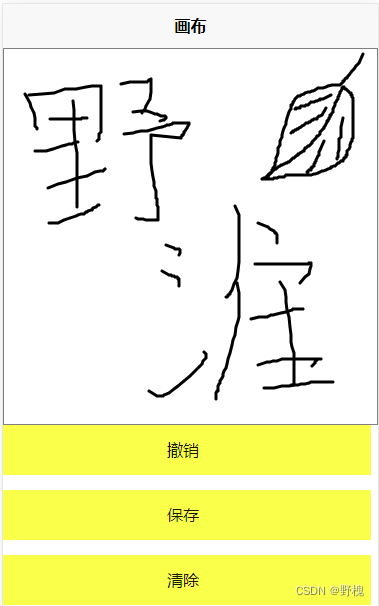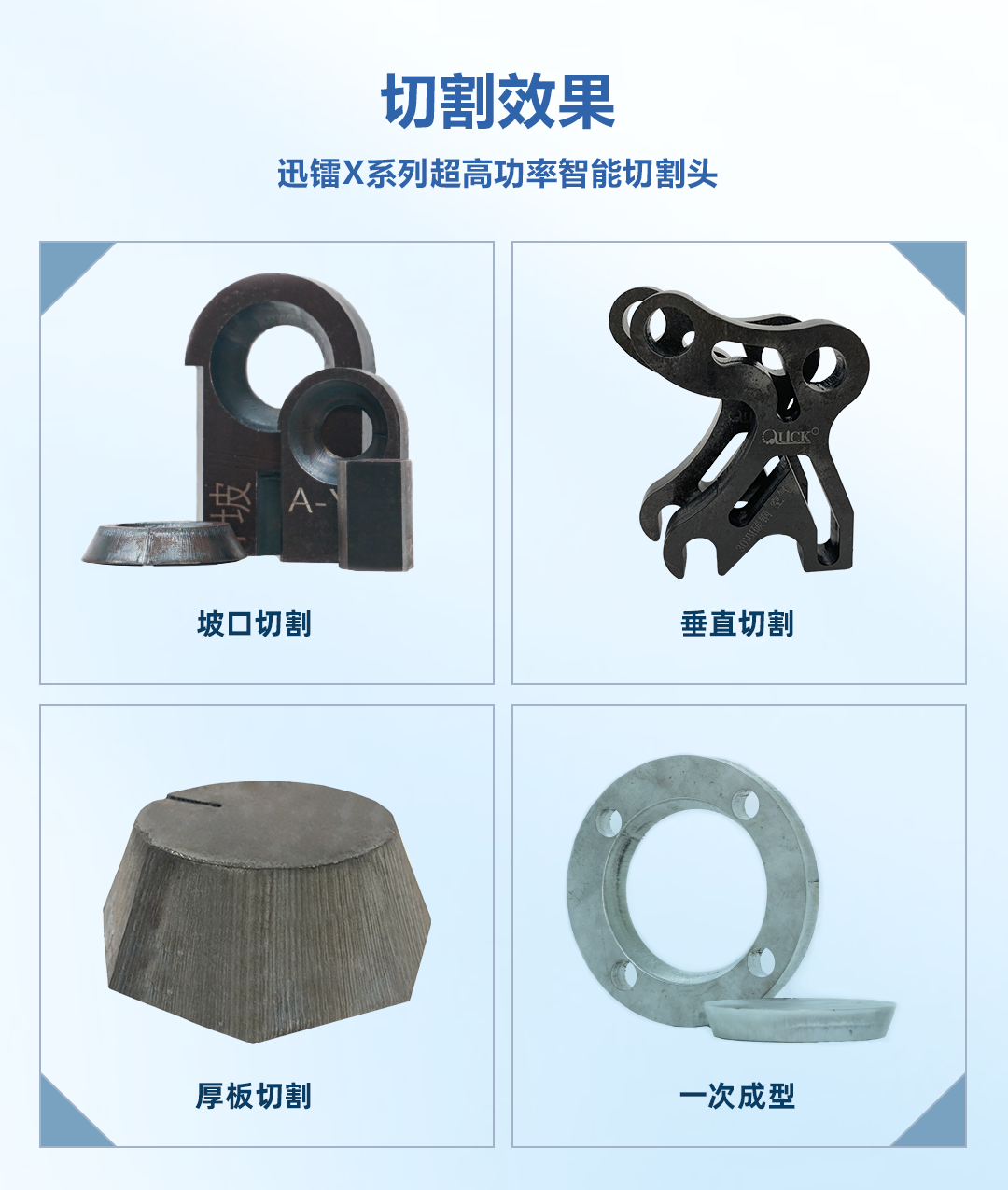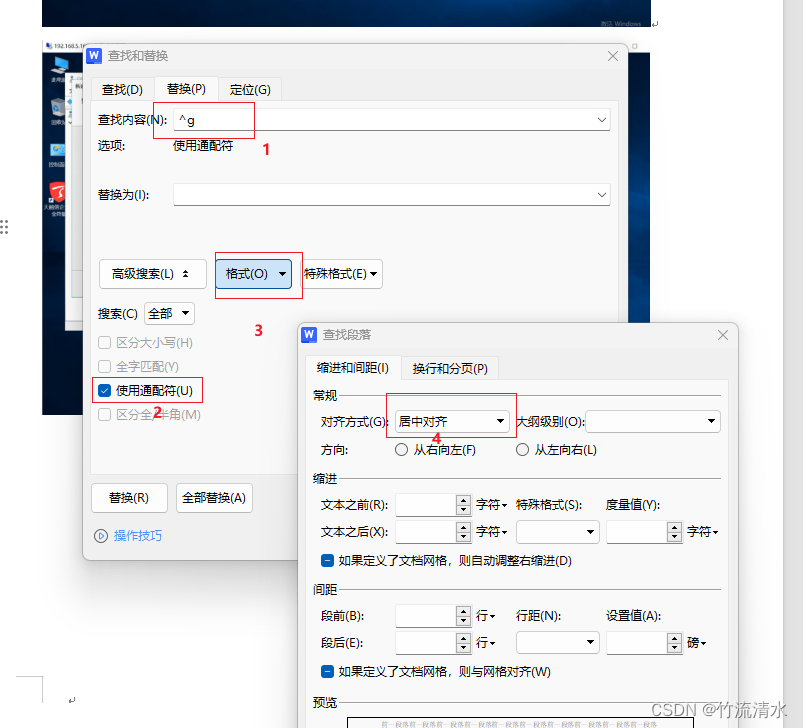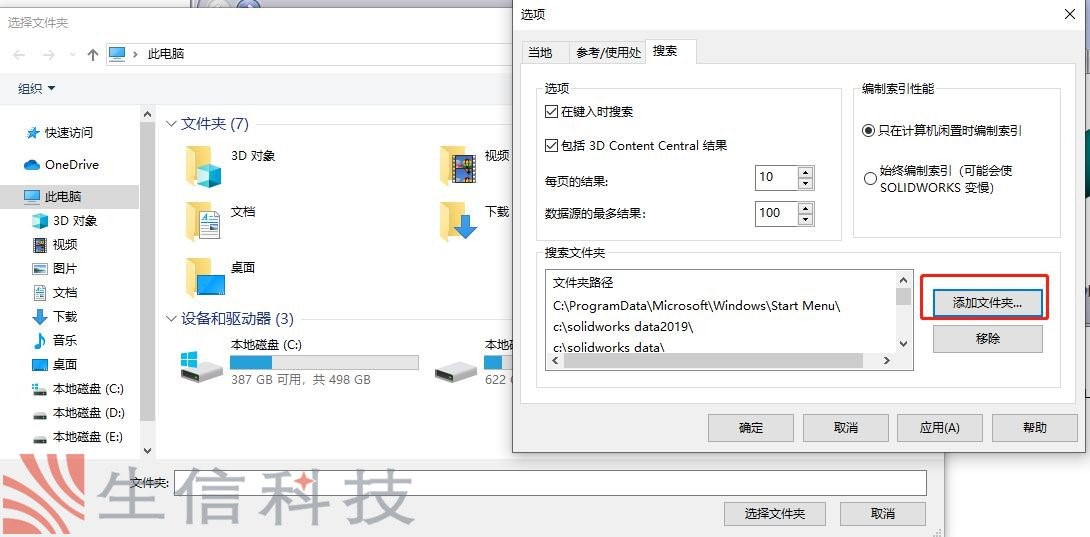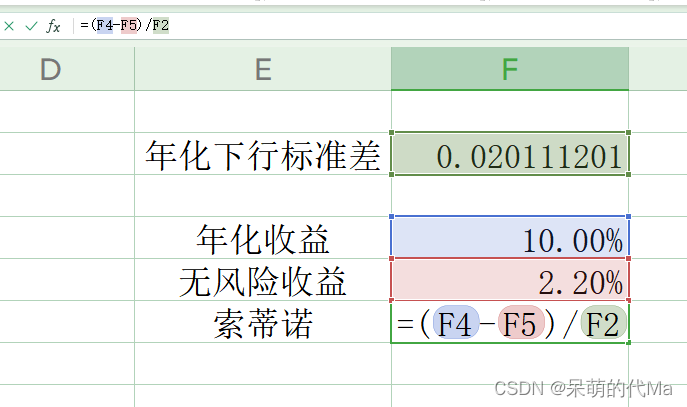在本文中,我们将深入研究预约上门服务系统的源码,透过代码的层层剖析,揭示系统背后的技术奥秘。我们将关注系统的核心功能,并通过代码示例演示其实现过程,为读者提供一个深度技术解读的体验。

1. 技术栈选择:构建高效系统的基础
在预约上门服务系统的源码中,首先要关注的是所选用的技术栈。以下是一个简要的技术栈示例,用于演示系统的前后端搭建:
前端技术栈示例:
// 前端使用React框架
import React, { useState, useEffect } from 'react';
import axios from 'axios';
const AppointmentForm = () => {
const [serviceType, setServiceType] = useState('');
const [appointmentTime, setAppointmentTime] = useState('');
const submitAppointment = async () => {
try {
const response = await axios.post('/api/appointments', {
serviceType,
appointmentTime,
});
console.log(response.data);
} catch (error) {
console.error('Error submitting appointment:', error);
}
};
return (
<div>
<h2>预约服务表单</h2>
<label>服务类型:</label>
<input
type="text"
value={serviceType}
onChange={(e) => setServiceType(e.target.value)}
/>
<label>预约时间:</label>
<input
type="datetime-local"
value={appointmentTime}
onChange={(e) => setAppointmentTime(e.target.value)}
/>
<button onClick={submitAppointment}>提交预约</button>
</div>
);
};
export default AppointmentForm;
后端技术栈示例(Node.js和Express):
// 后端使用Node.js和Express框架
const express = require('express');
const bodyParser = require('body-parser');
const app = express();
const port = 3000;
app.use(bodyParser.json());
app.post('/api/appointments', (req, res) => {
const { serviceType, appointmentTime } = req.body;
// 在此处处理预约逻辑,可以将预约信息存储到数据库中
// ...
res.status(200).json({ message: '预约成功!' });
});
app.listen(port, () => {
console.log(`服务器运行在 http://localhost:${port}`);
});
以上示例中,我们使用了React作为前端框架,通过Axios库进行前后端通信。后端使用Node.js和Express框架搭建,通过处理POST请求来接收预约信息。
2. 数据库设计与优化:支撑系统高效运行的数据基础
一个优秀的预约上门服务系统必须依赖稳定的数据库设计。以下是一个简化的数据库设计示例,使用MongoDB来存储预约信息:
// MongoDB模型定义
const mongoose = require('mongoose');
const appointmentSchema = new mongoose.Schema({
serviceType: { type: String, required: true },
appointmentTime: { type: Date, required: true },
// 其他字段...
});
const Appointment = mongoose.model('Appointment', appointmentSchema);
module.exports = Appointment;
3. 安全性与用户隐私:源码中的保障机制
在预约上门服务系统中,用户的安全性和隐私保护至关重要。以下是一个简单的身份验证和权限控制的示例,使用JSON Web Token (JWT) 来确保请求的安全性:
// 使用jsonwebtoken库生成和验证JWT
const jwt = require('jsonwebtoken');
// 生成JWT
const generateToken = (userId) => {
return jwt.sign({ userId }, 'secret_key', { expiresIn: '1h' });
};
// 验证JWT
const verifyToken = (token) => {
return jwt.verify(token, 'secret_key');
};
// 示例用法
const token = generateToken('user123');
console.log('Generated Token:', token);
const decodedToken = verifyToken(token);
console.log('Decoded Token:', decodedToken);
在实际系统中,你可以将JWT用于验证用户登录状态,限制对敏感信息的访问。
4. 用户体验:源码中的设计之道
一个良好的用户体验离不开精心设计的源码。以下是一个简单的React组件示例,用于显示用户的预约信息:
// 预约信息显示组件
import React, { useState, useEffect } from 'react';
import axios from 'axios';
const AppointmentList = () => {
const [appointments, setAppointments] = useState([]);
useEffect(() => {
const fetchData = async () => {
try {
const response = await axios.get('/api/appointments');
setAppointments(response.data);
} catch (error) {
console.error('Error fetching appointments:', error);
}
};
fetchData();
}, []);
return (
<div>
<h2>我的预约</h2>
<ul>
{appointments.map((appointment) => (
<li key={appointment._id}>
<strong>服务类型:</strong> {appointment.serviceType},{' '}
<strong>时间:</strong> {appointment.appointmentTime}
</li>
))}
</ul>
</div>
);
};
export default AppointmentList;
结语:代码之外的高效服务
通过深入剖析预约上门服务系统的源码,我们不仅仅了解了技术实现的方方面面,也深刻理解了如何通过代码构建高效、便捷、安全的预约服务系统。然而,除了代码本身,系统的成功还需要兼顾用户体验、数据库优化、安全性等多个方面。通过持续的学习和实践,我们能够不断提升自己的技术水平,为构建更优秀的服务系统贡献自己的力量。希望这篇文章为读者提供了一次有益的技术之旅,激发对预约上门服务系统源码的更深层次理解和探索。
